Rising Demand for Biologics
The increasing prevalence of chronic diseases and the aging population are driving the demand for biologics, which are complex drugs derived from living organisms. This trend is particularly evident in the Healthcare Contract Manufacturing Market, where contract manufacturers are increasingly tasked with producing biologics. According to recent data, the biologics segment is projected to grow at a compound annual growth rate of over 8% through 2027. This growth necessitates specialized manufacturing capabilities, which many contract manufacturers are now developing to meet the needs of pharmaceutical companies. As a result, the Healthcare Contract Manufacturing Market is witnessing a shift towards more sophisticated production processes, including cell culture and fermentation technologies, to accommodate the unique requirements of biologics.
Increased Regulatory Scrutiny
The Healthcare Contract Manufacturing Market is facing heightened regulatory scrutiny as governments and health authorities worldwide implement stricter compliance measures. This trend is largely driven by the need to ensure patient safety and product efficacy. Contract manufacturers must navigate a complex landscape of regulations, which can vary significantly by region. As a result, many companies are investing in compliance management systems and quality assurance processes to meet these regulatory demands. Data indicates that the cost of non-compliance can be substantial, potentially leading to fines and product recalls. Therefore, the emphasis on regulatory compliance is shaping the strategies of contract manufacturers, compelling them to adopt best practices and maintain high standards in their operations.
Growing Focus on Sustainability
Sustainability has emerged as a critical focus within the Healthcare Contract Manufacturing Market, driven by increasing consumer awareness and regulatory pressures. Companies are now prioritizing environmentally friendly practices, such as reducing waste and utilizing sustainable materials in their manufacturing processes. This shift is not only beneficial for the environment but also aligns with the values of modern consumers who prefer products from socially responsible companies. Data suggests that organizations that adopt sustainable practices can enhance their brand reputation and potentially increase market share. As a result, the Healthcare Contract Manufacturing Market is witnessing a transformation, with many contract manufacturers implementing green initiatives to meet the evolving expectations of stakeholders.
Technological Advancements in Manufacturing
The Healthcare Contract Manufacturing Market is experiencing a wave of technological advancements that are transforming production processes. Innovations such as automation, artificial intelligence, and advanced analytics are streamlining operations and enhancing product quality. For instance, the integration of automation in manufacturing lines has been shown to increase production efficiency by up to 25%. Furthermore, the adoption of advanced analytics allows manufacturers to optimize supply chain management and reduce lead times. These technological improvements are not only making manufacturing processes more efficient but also enabling contract manufacturers to meet the stringent quality standards required in the healthcare sector. As a result, the Healthcare Contract Manufacturing Market is poised for continued growth as companies invest in these technologies.
Cost Efficiency and Focus on Core Competencies
Healthcare organizations are increasingly recognizing the financial advantages of outsourcing manufacturing processes to specialized contract manufacturers. By leveraging the expertise of these firms, companies can reduce operational costs and focus on their core competencies, such as research and development. This trend is particularly pronounced in the Healthcare Contract Manufacturing Market, where the outsourcing of production can lead to significant savings. Data suggests that companies can save up to 30% in manufacturing costs by partnering with contract manufacturers. This shift not only enhances operational efficiency but also allows healthcare firms to allocate resources more effectively, thereby fostering innovation and improving product offerings in a competitive market.
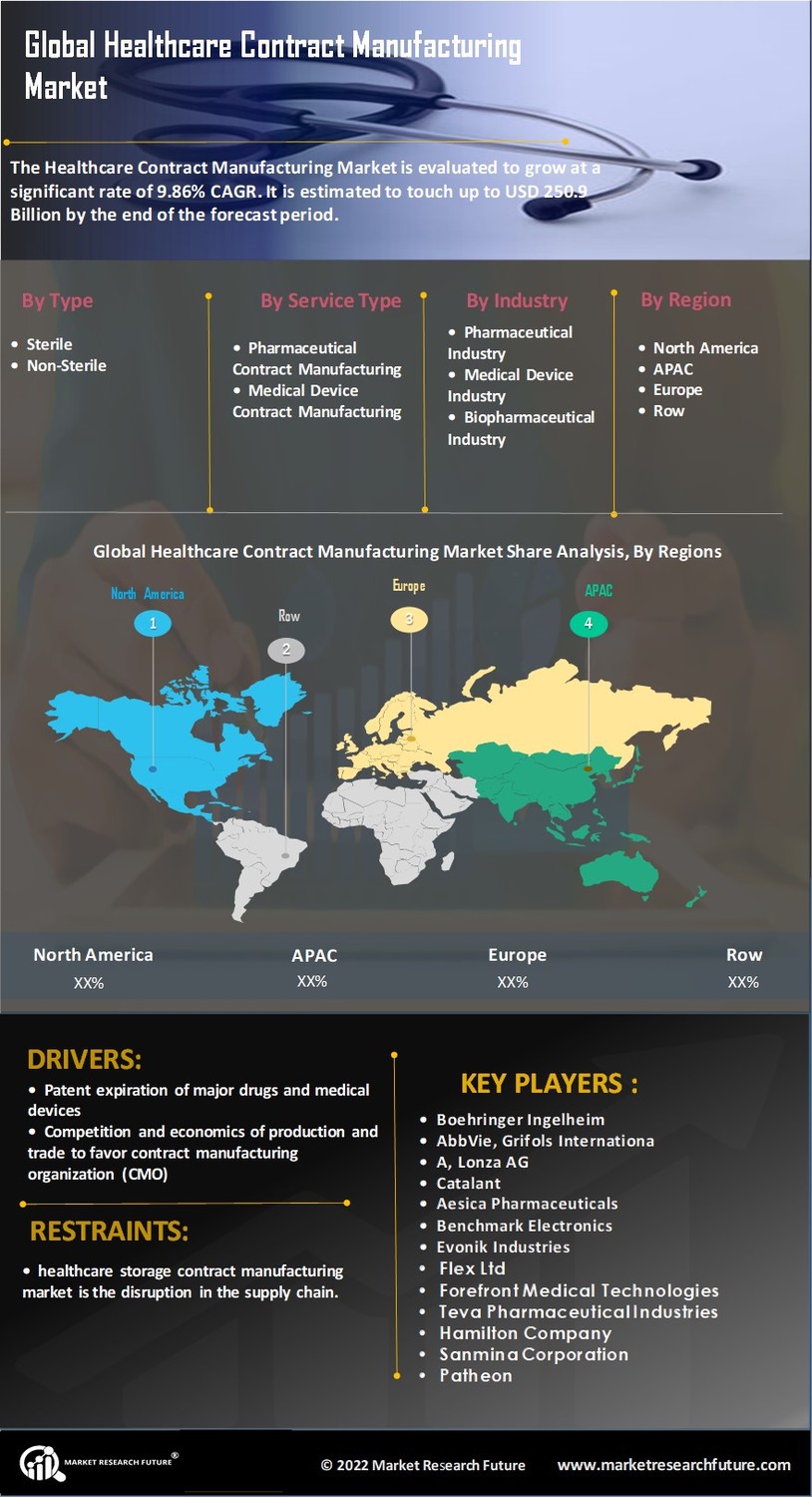

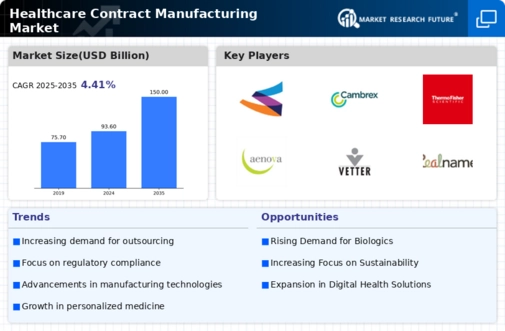
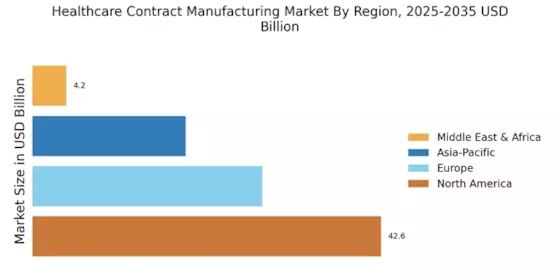


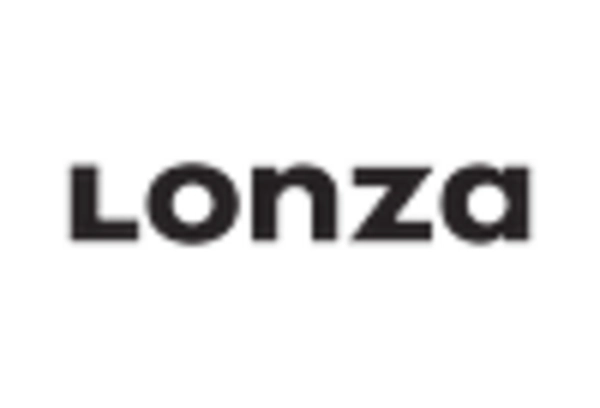
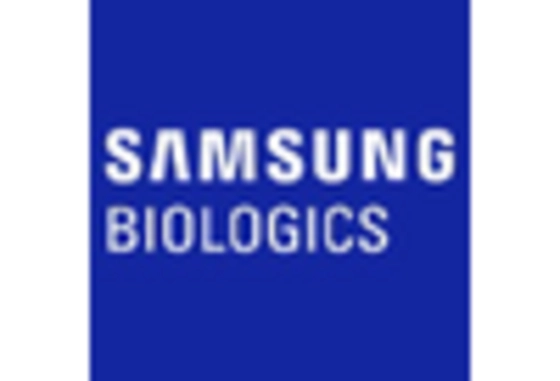










Leave a Comment